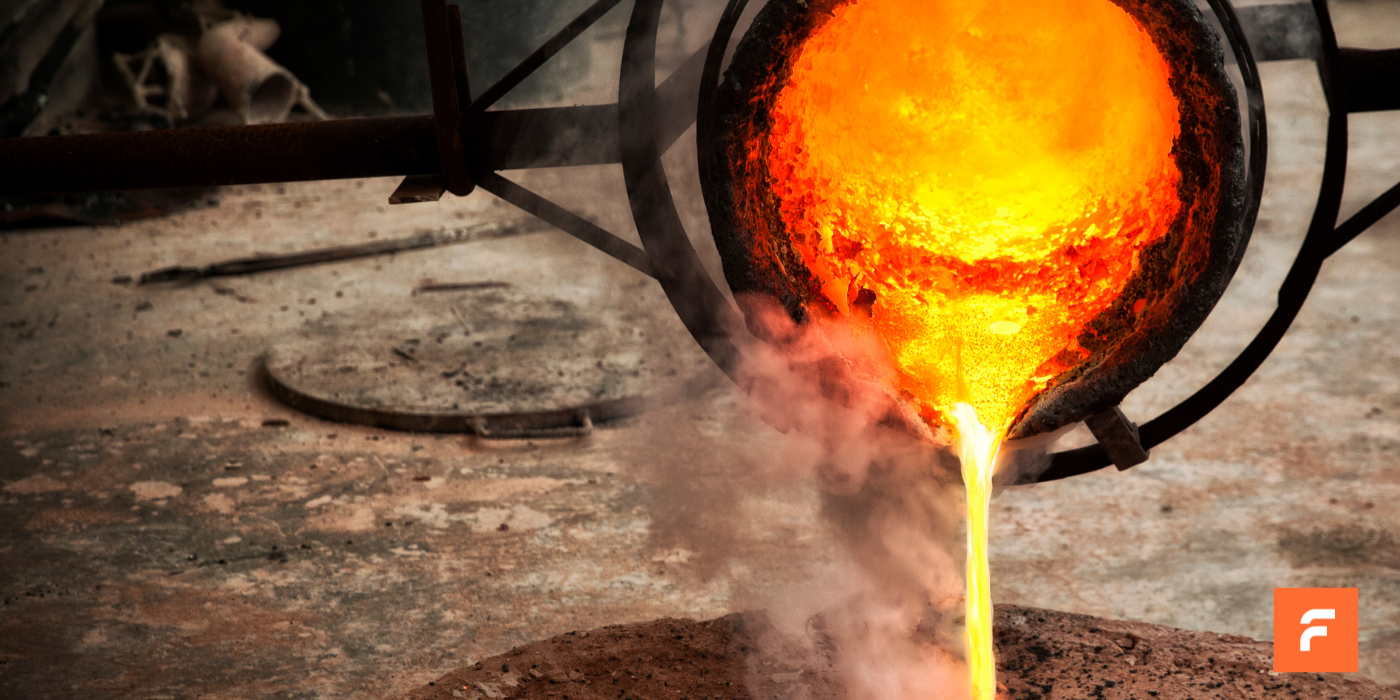The die casting industry in 2025 has moved well beyond traditional foundry practices. Driven by global demand for higher precision, shorter lead times, and lower environmental impact, the most advanced die casting suppliers are leveraging cutting-edge technologies to remain competitive.
From AI-integrated machines to smart sensors and sustainable alloys, here are the latest innovations redefining the die casting process in 2025.
1. AI-driven process optimization
Artificial intelligence is now a core part of high-performance die casting operations. AI systems are being used for:
- Predictive maintenance of machines and tools
- Real-time process adjustments based on temperature, fill rate, or cavity pressure
- Defect prediction and prevention through machine learning models
- Production scheduling and logistics optimization
This level of automation helps reduce downtime, improve quality, and maximize machine utilization.
2. Digital twin technology
The use of digital twins has exploded in die casting. These are real-time, virtual replicas of casting processes that simulate, monitor, and optimize operations.
- Engineers can test tool designs, mold flow, and cooling paths before committing to physical production.
- Real-time syncing between the physical plant and the virtual twin enables live process diagnostics and proactive defect prevention.
This technology reduces trial-and-error, speeds up tooling development, and improves first-shot success rates.
3. Advanced alloys and lightweight materials
As industries like automotive, aerospace, and electronics push for lighter, stronger components, leading die casting suppliers are adopting:
- Magnesium and zinc alloys with enhanced flow and strength
- High-performance aluminum alloys optimized for thin-wall casting
- Recyclable and low-carbon material grades to support sustainability initiatives
These materials allow for more complex geometries, reduced machining, and improved thermal properties.
4. High-pressure die casting (HPDC) enhancements
In 2025, HPDC machines are equipped with:
- Servo-driven injection systems for ultra-precise shot control
- Closed-loop pressure control systems for consistent fill
- Advanced die temperature control using internal sensors and dynamic cooling
- Integration with real-time analytics platforms
These upgrades significantly reduce internal porosity, casting rework, and scrap rates.
5. 3D sand and metal printing for tooling
Additive manufacturing is playing a major role in rapid prototyping and tool development.
- 3D-printed sand cores and molds for complex internal geometries
- Direct metal printing of tooling inserts with conformal cooling channels
- Faster development cycles with fewer tooling iterations
This technology reduces lead times and accelerates time-to-market.
6. Real-time quality monitoring and NDT automation
Leading die casting facilities use integrated systems to monitor:
- Thermal imaging during pouring
- Cavity pressure sensors for fill validation
- Inline X-ray and CT scanning for defect detection
- Automated NDT with robotic handling
These systems ensure every part meets specifications — in real-time.
7. Sustainable casting practices
Environmental responsibility is now a competitive advantage. The top die casting companies are investing in:
- Closed-loop cooling and metal recycling systems
- Energy-efficient furnaces with real-time consumption tracking
- Low-emission lubricants and coatings
- Carbon footprint monitoring platforms across operations
These initiatives reduce waste, lower energy costs, and align with global sustainability standards.
Conclusion
The future of die casting is smarter, faster, and more sustainable. In 2025, competitive suppliers are no longer just offering capacity — they’re offering intelligence, traceability, and flexibility through advanced technology. If you’re evaluating die casting partners, look for companies that invest in innovation and can offer digital integration, sustainable practices, and process transparency.





